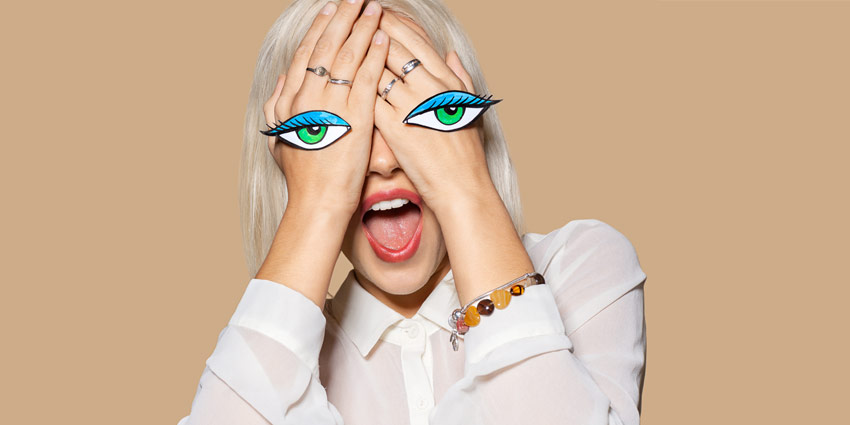Eye contact is a lot more valuable than most of us realise.
Being able to look your colleague in the eye is one of the things that makes video so much more immersive than audio for remote collaboration. At the same, eye contact strengthens the human connections that we have in person too.
Unfortunately, it’s tough to make sure that you’re making eye contact when you’re looking at your phone or computer screen. The good news is that today’s technology market leaders are working on a solution.
Apple’s most recent update introduces an augmented reality strategy that supports “eye correction” during face-time conversations. Apple isn’t the only company working on solutions like this either.
Augmenting Virtual Eye Contact
If you’re face-timing with someone on your phone, you’ll be looking at that person’s face on your screen throughout the call. Although you might be staring into your contact’s eyes, they might not notice that same level of eye contact. That’s because in video conferences, we’re looking at the camera – not the person.
When you’re trying to make connections with loved ones or colleagues, that missing eye contact can become a real problem. That’s why Apple has begun working to fix the problem with FaceTime attention correction. The solution was discovered by Twitter users Mike Rundle and Will Sigmon, and it’s set to release in the new version of Apple’s OS software.
Apparently, users can turn the feature on and off, and it will digitally correct their eyes to make it seem like they’re making eye contact. Other twitter users have since begun experimenting with the technology themselves.
Apple isn’t the only company taking this approach, however. During the unveiling of the Surface Pro X, Microsoft introduced its own eye gaze technology. Using AI, the feature adjusts the appearance of a person’s eyes to make it look as though they’re staring into the camera on a conference call.
According to Microsoft, this new technology is crucial to helping team members feel as though they’re making the right eye-to-eye connections during important conversations, even when they might be looking at their screen or cameras.
Looking into New Strategies for Virtual Meetings
Since the COVID-19 pandemic hit, most companies have been spending more time on video conferences to try and mimic some of the human interaction we can’t access in person. The head of engineering for Microsoft devices, Panos Panay said that Microsoft’s new solution uses the Surface Pro X technology, so it will only be available within the Surface Pro X.
This gaze technology for Microsoft will also work exclusively with the Microsoft Teams collaboration app for meetings. Microsoft hasn’t revealed whether it will begin delivering the solution for other conferencing and web collaboration apps in the future.
However, the actions from Microsoft and Apple indicate a growing trend in companies finding new ways to use eyes and vision to enhance the way that people communicate. Eye contact can be an unbelievably valuable thing in face-to-face interactions, and we’re realising that now, more than ever.
Elsewhere, companies like Google are taking an entirely different approach to the concept of eye-based technology. Following from the Google Glass innovation, Google has decided to take its eyewear strategy to the next level, by developing a way of injecting smart devices directly into a user’s eyeball.
A patent application reveals a smart vision correction system that includes sensors and wireless communication capabilities. This technology would help to focus light into the eye’s retina and make it easier for people to access a range of new optical features.
The Eyes Have It
An influx of companies exploring the potential of things like vision correction, gaze focusing and even AR for eye contact highlights the rising demand for more advanced collaboration experiences. As people spend more time away from the office and video conferencing becomes more popular, technology companies want to ensure that users are getting the most out of every interaction.
In the meantime, it seems like eye correction and gaze correction technologies are the most significant tools that you might see on your devices in the near future. However, with things like Google’s patent to consider, there’s no telling what might change in the way that we make eye contact in the years to come.







